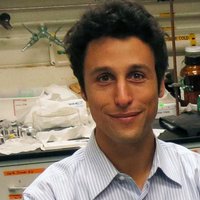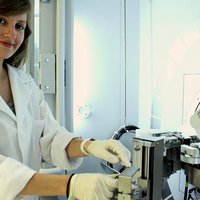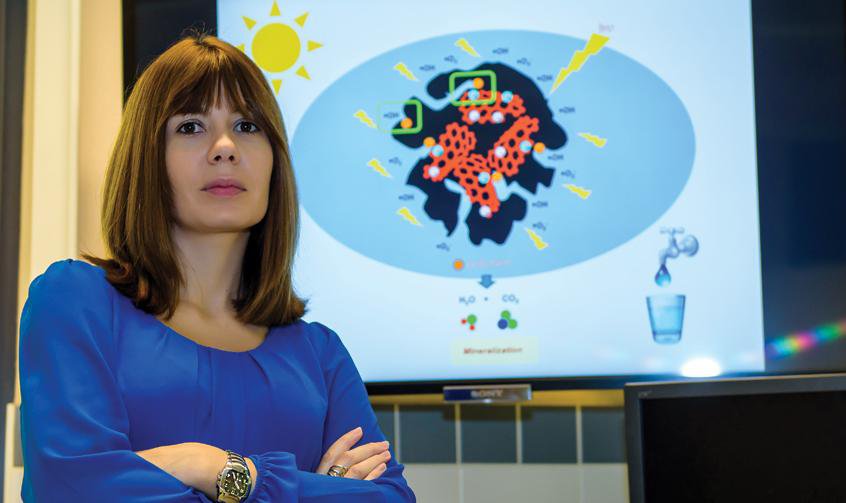Nanotechnology & materials
Leticia Fernandez
Her active carbon filters use sunlight to eliminate contaminants from water

Europe
Catherine de Wolf
Urban metabolism to decrease the environmental impact of buildings

Europe
David Cohen-Tanugi
A desalinization membrane made out of graphene

Europe
Olga Malinkiewicz
Created a printing technology that produces cheap, flexible sheets of perovskite that could revolutionize the energy industry

Asia Pacific
Dario Poletti
Quantum Emulators and Quantum Heat Engines: Tackling Energy Problems from the “Bottom”
